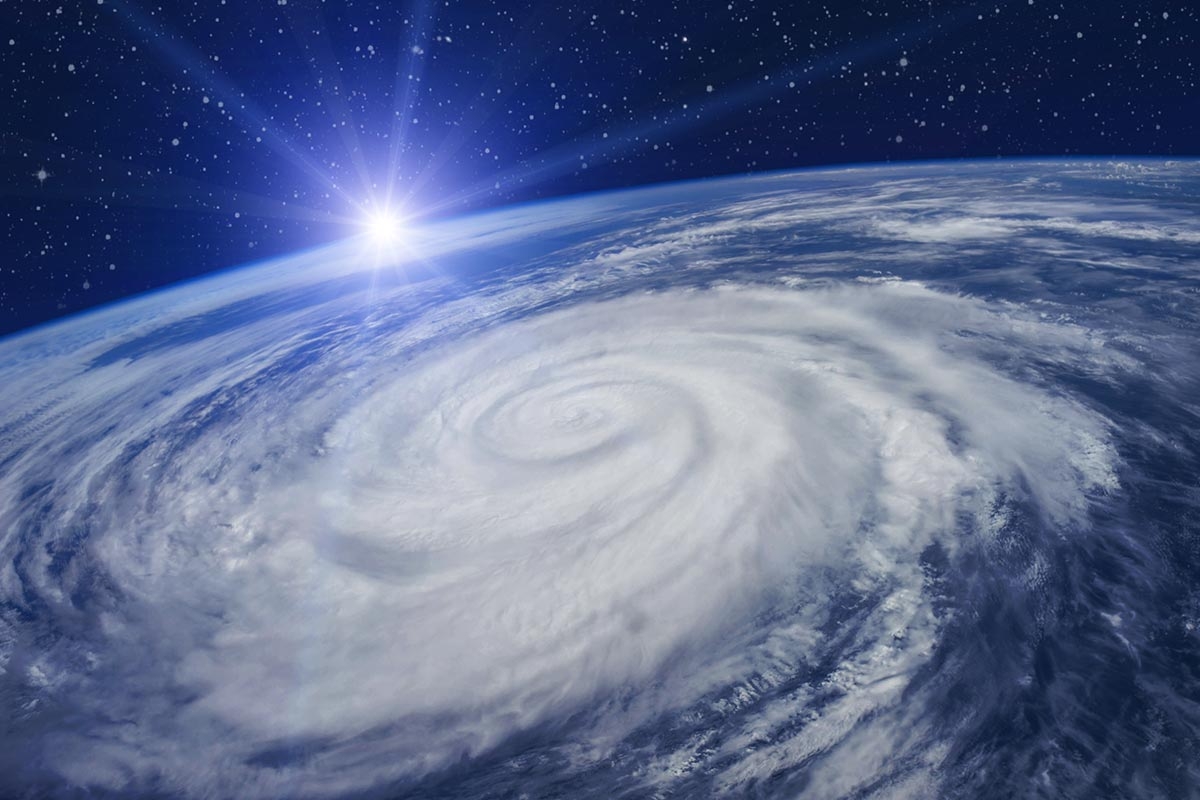- Research Field
- Polar Environmental
- Climate Change
- Atmospheric Particulate Matter
- Ecology & Biological Resources
- Severe Weather
- Crust-Mantle
- Earth & Environmental Data
- Geohazards
- Ocean Environmental Change
- Environmental Pollution
Severe Weather
Severe weather refers to weather phenomena that cause difficulties and damage to daily life. Typhoons, heavy rainfall, heavy snow, cold waves, and heat waves fall into this category. The weather conditions in Korea are largely affected by the mid-latitude jet stream, which has a great influence on severe weather, so it has relatively higher frequency of severe weather in the world. In addition, as global warming becomes more intensive, severe weather is becoming stronger and more frequent, resulting in a rapid increase in social and economic damage. Severe Weather Research Group conducts data analysis and modeling to predict the occurrence and mechanisms of severe weather.
In a core course, “Large-scale Atmospheric Dynamics”, we understand atmospheric dynamics linked to weather phenomena that cause severe weather. In recommended courses, “Atmospheric Numerical Modeling and Practice”, we acquire knowledge to understand and predict mechanisms by simulating them in numerical models. In the “Atmospheric General Circulation” course, we understand the climatic characteristics of severe weather revealed from the analysis of climate data. In the “Atmospheric Turbulence and Boundary Layer” course, we study severe weather that could appear in urban areas or aircraft in flight. In the “Remote Sensing” course, we understand severe weather by observing the atmospheric physical parameters of the overall severe weather, which is difficult to observe on the ground.
Participating Professor
Associate Professor
Associate Professor
Professor
Professor






